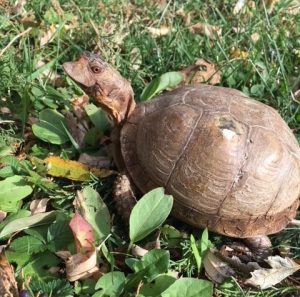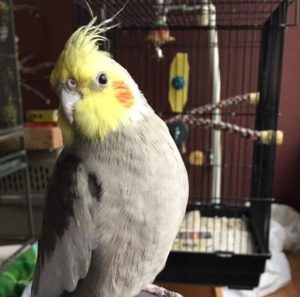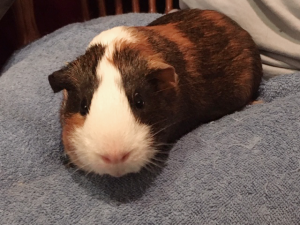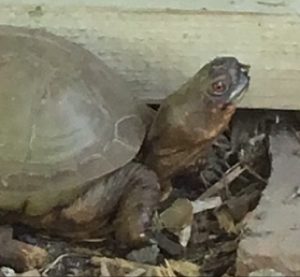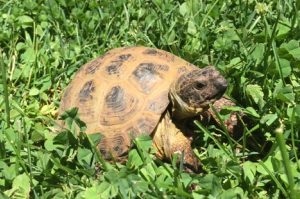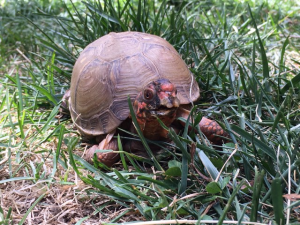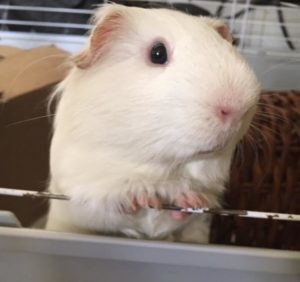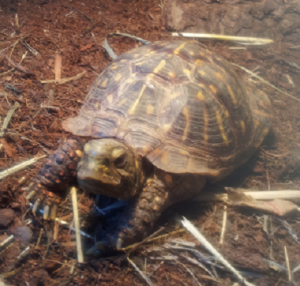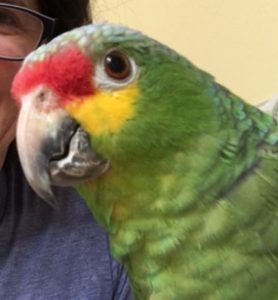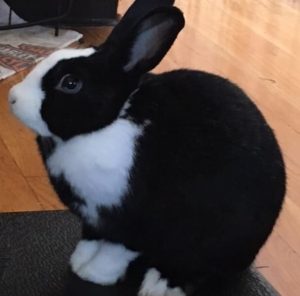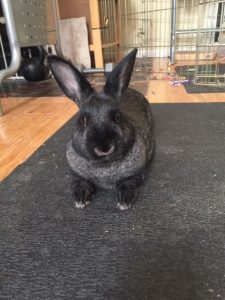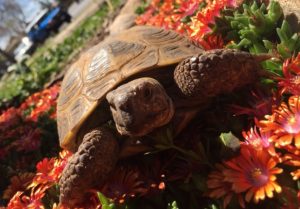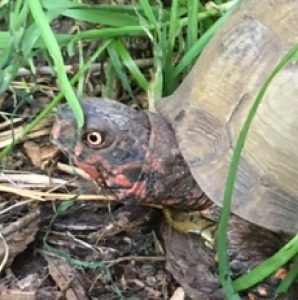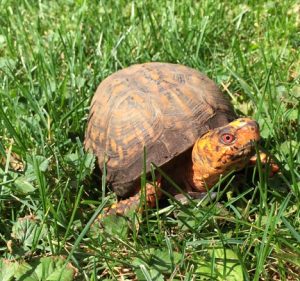Hydroponics to Provide Produce and Help Rescued Fish
In view of the dangers associated with consuming GMO foods which are laced with the cancer causing chemical glyphosate, many are choosing to grow their own food.Growing your own ensures that you control what goes on your food. You can avoid chemicals like herbicides and pesticides by growing your own food. Growing your own veggies allows you to eat organic at a fraction of what it costs to purchase organic food at the supermarket. You can help the planet by sequestering carbon when gardening is done properly. There is every reason to grow you own food or a portion of it, if you have a small plot of land and access to water.
Growing your own food makes so much sense….until you get your first water bill! Many are surprised by the huge water bills they receive in the mail when they start to garden. There are many reasons for the large spikes in our water bills. Why is this the case? Consider some facts: Over 70% of the earth’s surface is covered by water. Yet only 3 percent of it is fresh water, which is consumable by humans. And only about 1 percent of this fresh water is accessible to humans and animals because about 2 percent of freshwater is locked up in the polar icecaps. This means that we have been using and reusing the same water over and over, ever since the time of the dinosaurs!
We must do whatever we can to reduce reuse and recycle this most precious resource. This begs the important question: Is there a way to grow food while recycling and reusing the same water? The answer is a resounding Yes! NASA has figured out a way to keep humans in space for long periods of time through the discovery of Aeroponic growing, which is growing plants with a mixture of air and nutrient-rich water. Aquaponics is very similar and this type of growing uses fish water (from the fish habitat) to grow food. Hydroponics is growing food in water.
Environmental Benefits
Did you know that NASA has figured out that growing with aeroponic technology will result in water savings of at least 95 percent Google “aeroponics” and check out the references on Wikipedia. It’s all there!
Health Benefits
One of the greatest health concerns is not being able to trust what you buy at the grocery store. How do you know if the food you are buying is GMO? You don’t. (Remember, the proposition that would have required GMO Labeling got voted down.) The only sure way you can guarantee a non-GMO diet is to grow your own food, and this can be done with an aeroponic/aquaponic system — which, by the way, grows food three times faster han traditional farming! And food you pick and eat the same day doesn’t have time to degrade, allowing you to get the most nutrients from the food you eat.
Money-Saving Benefits
Have you priced a head of organic lettuce lately? While a head of lettuce is often prohibitively expensive, the seed is practically free! Anyone can grow 50 heads of organic lettuce in a three-foot by three-foot space, and I am doing it with a small pond pump and liner. Much has been written on the topic of growing plants without soil. Many terms have been used to describe this type of growing, and many distinctions are made by experts. For the record, here is a very simplified explanation of the three major types of soil free gardening:
- Hydroponics is a method of growing plants using mineral nutrient solutions, in water, without soil. Plant roots are grown in the nutrient solution. Plant researchers back in the 18th century discovered that plants absorb essential mineral nutrients such as inorganic ions in water. Thus, soil is not essential to lant growth.
- Aeroponics was discovered by NASA about 50 years ago. Aeroponics is the process of growing plants in a mixture of air and nutrient-filled water. “Aeroponic” comes from two Greek words, meaning “air” and “labor.” Because water is used in aeroponics, it is sometimes considered a form of hydroponics. Aeroponics is becoming very popular due to its origins with NASA and the convenience of setting up this type of system in a matter of minutes. A vertical Garden can be set up in about five minutes.
- Aquaponics is a sustainable food production system that combines aqua-culture (raising fish, but in this case providing a suitable home for rescued fish) with hydroponics (growing plants in water). Bringing these two worlds together creates a symbiotic environment, where fish waste helps provide nutrients for plants and in return, clean water is returned back to the fish pond and they get a clean home. The vegetation also provides a more natural fauna for the fish to enjoy as well as providing edible produce that the system provides! Please make sure your aquaponics or pond fish are safe from predators.
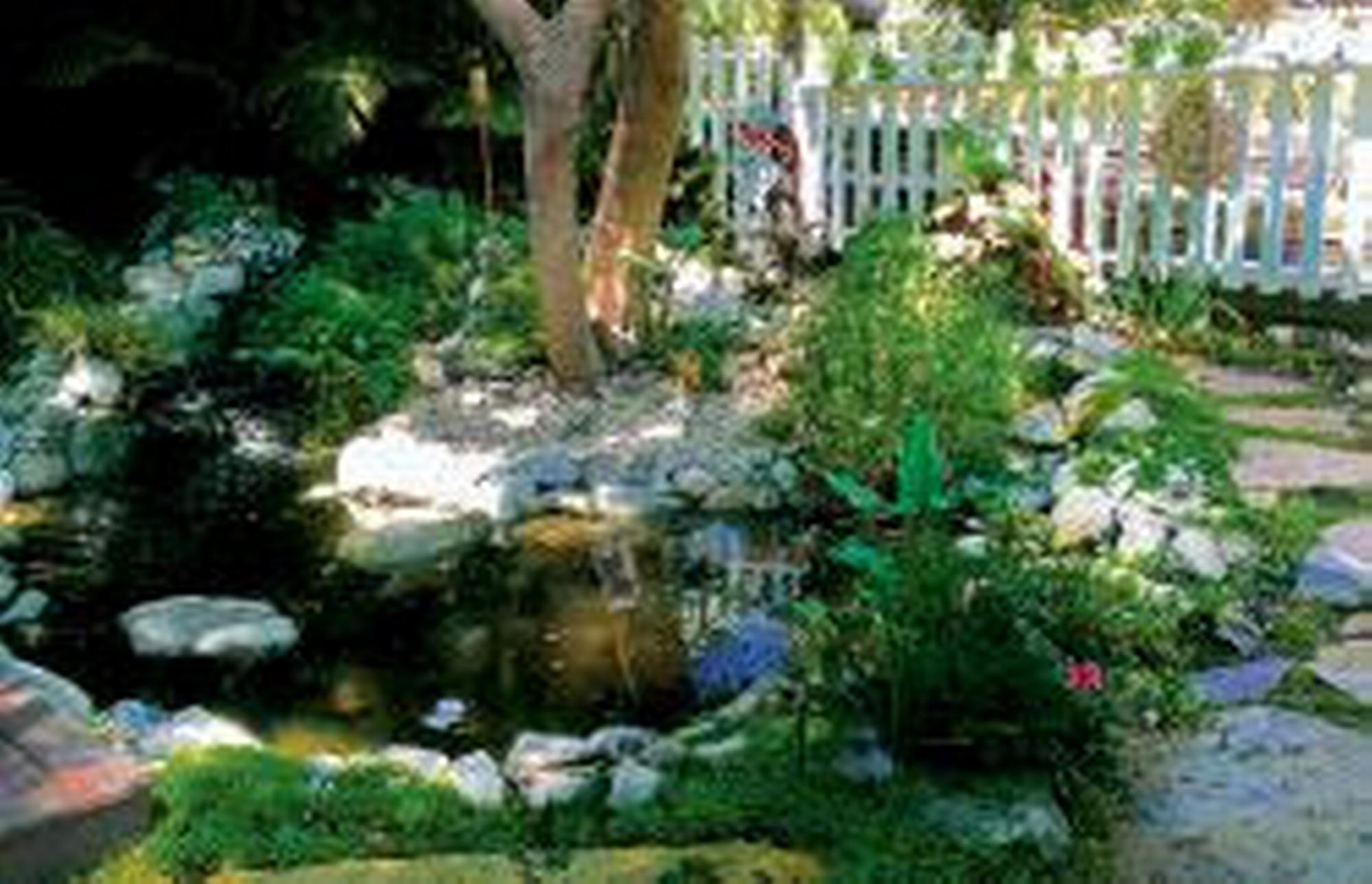
- This beautiful pond is the source of vegetable nutrients for the Aquaponic system on the fence, to the right of the pond.
Which system is best for you? This depends on your level of expertise. It is advisable to look up the three mentioned ways of growing plants without soil and do further research. Read about them on Wikipedia. Learn what you can from YouTube videos. Once you are familiar with these three types of systems and their distinctions, make it a point to build a few systems from scratch. There are a couple of prefabricated, turnkey systems available online.
One concern you will hear from consumers is, “is the plastic food safe?” Do your research. There is such a thing as food-grade plastic, and there is also non- safe food grade, which can be harmful. Instead of using a hydroponic fertilizer, how about grabbing a five-gallon bucket and scooping up some pond water and pouring it into the system basin? You would essentially be using a “liquid manure,” and plants will thrive. This type of growing will result in plants growing two thirds faster, and the water in these type of systems recycle, achieving a 95 percent water saving!
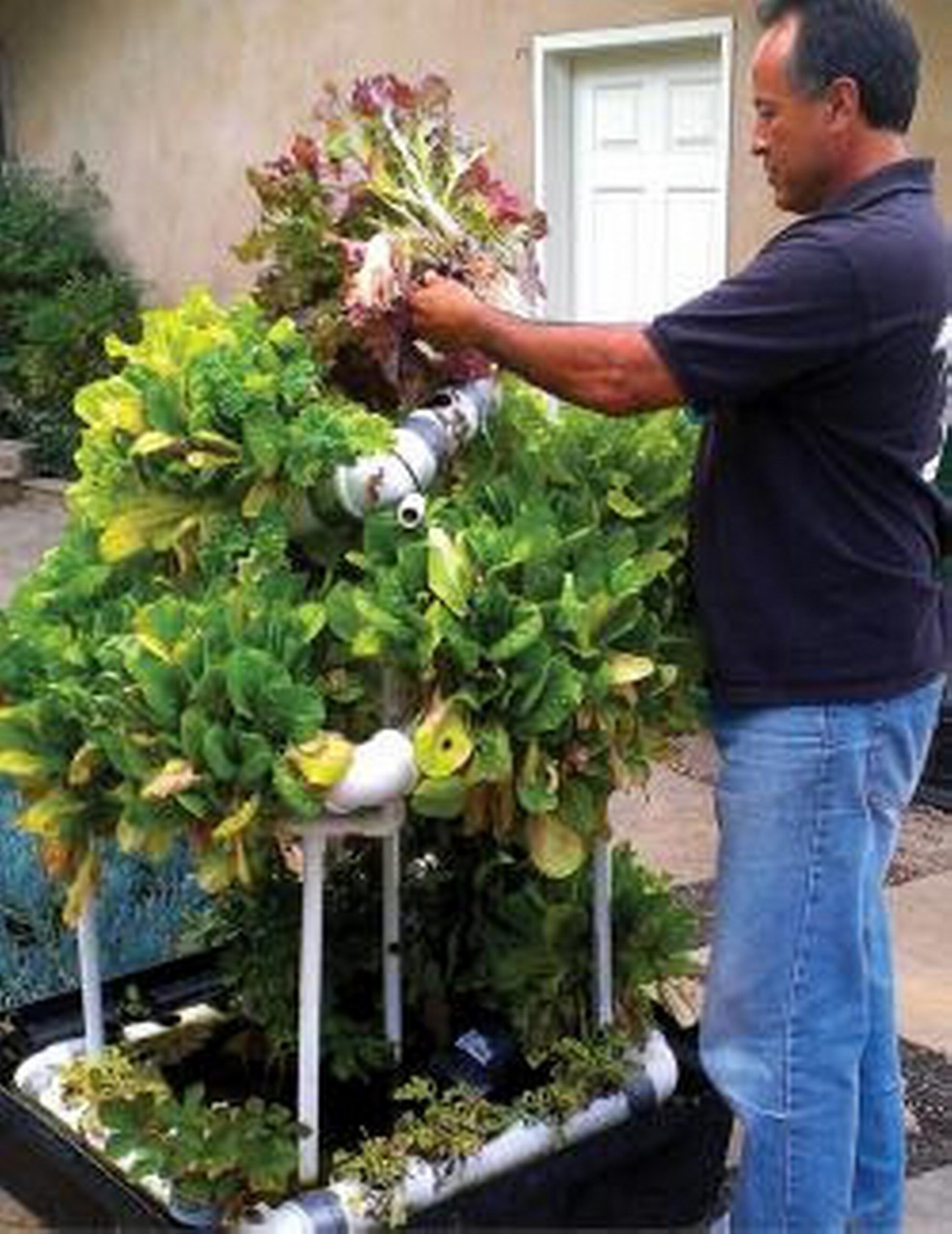
- This pyramid-shaped aquaponic system grows 50 heads of lettuce in a three-square-foot space and is only 4 feet tall.
With research, time and patience, you can better understand the world of soil-free gardening systems and grow your own while saving money and helping our planet, a true win-win.





